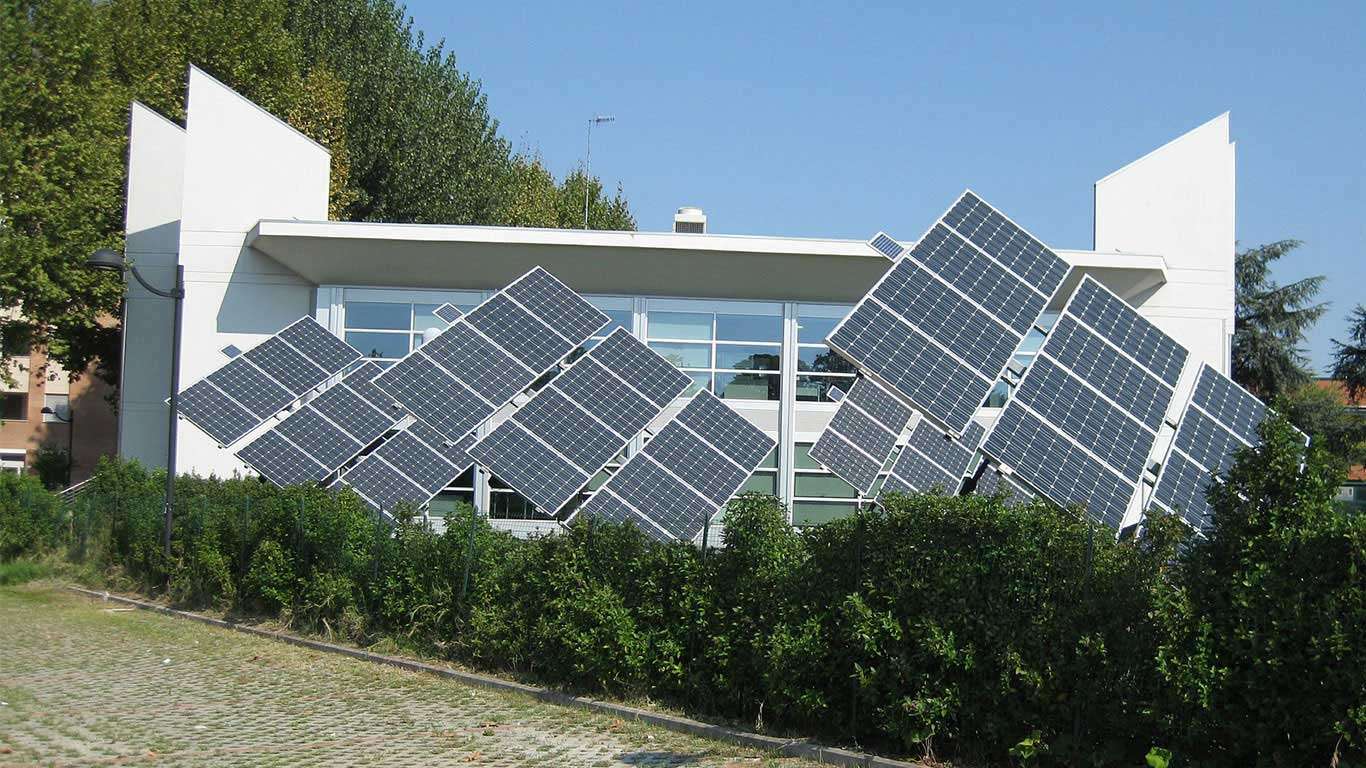Solar tracking systems have become increasingly popular in recent years, offering a significant advantage in maximising energy production from solar panels. By continuously adjusting the angle of solar panels to follow the sun’s path throughout the day, these systems can significantly increase the amount of sunlight captured and converted into electricity.
How Solar Tracking Systems Work
Solar tracking systems typically employ one of two methods:
- Single-axis tracking: This involves adjusting the solar panels on a single axis, either east-west or north-south. While less precise than dual-axis tracking, single-axis systems can still significantly improve energy production over the day.
- Dual-axis tracking: This more advanced method allows solar panels to rotate on both the east-west and north-south axes, ensuring optimal alignment with the sun’s position at all times.
Benefits of Solar Tracking Systems
- Increased Energy Production: By maintaining optimal alignment with the sun, solar tracking systems can increase energy production by up to 30% compared to fixed solar panels*.
- Improved Efficiency: Tracking systems can help reduce energy losses due to shading and reflection, leading to higher overall system efficiency.
- Reduced Cooling Costs: In some cases, solar tracking systems can help reduce the need for additional cooling systems, as the panels are constantly facing the sun and generating heat.
- Enhanced System Lifespan: By minimizing the impact of heat and UV radiation, solar tracking systems can help prolong the lifespan of solar panels.
- Linear power: reduces the power curve to a more constant power through out the day.
Types of Solar Tracking Systems
- Active Tracking: Active tracking systems use motors or other mechanical mechanisms to adjust the position of solar panels. These systems are typically more expensive but offer greater precision and flexibility.
- Passive Tracking: Passive tracking systems rely on natural forces like gravity or thermal expansion to move the solar panels. While less precise than active tracking, passive systems can be more cost-effective.
Considerations for Solar Tracking Systems
- Cost: Solar tracking systems can add to the initial cost of a solar installation. However, the increased energy production and potential savings on cooling costs can offset the additional expense over time.
- Maintenance: While solar tracking systems require regular maintenance, the benefits often outweigh the additional upkeep.
- Local Regulations: Check local regulations and planning laws to ensure that solar tracking systems are permitted in your area and the requirements. Typically planning is required.
Solar tracking systems offer a valuable tool for maximizing energy production from solar panels. By carefully considering the benefits, costs, and local regulations, homeowners and businesses can make informed decisions about whether a tracking system is right for their needs.
A Solar tracker can reduce the over all size of the solar installation, or for the same size increase solar yields over the year.
* solar yields can be 50% greater with a tracker comparing these to fixed solar panels. The other difference is the tilt angle for winter production which fixed system cannot provide when you will want more solar power.

No responses yet